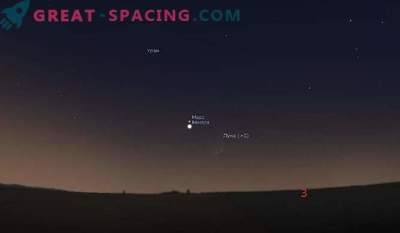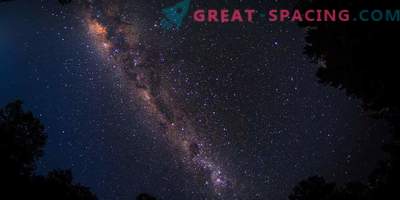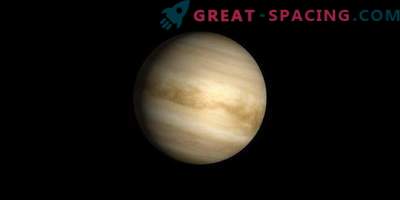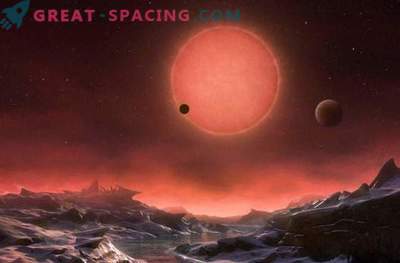Our attentive readers probably noticed that in these June days in the western part of the firmament two stars burn brightly in the evenings, at sunset. However, these are not stars, but the very planets, brighter - Venus, more dim - this is Jupiter. June 30 in the evening sky will be an interesting phenomenon, when Venus passes south of Jupiter at an angular distance of 0, 5 ° (and this is approximately the apparent diameter of the satellite of the Earth of the Moon). The brilliance of Venus - 4, 4 stellar magnitudes, in Jupiter, this value is -1, 8.
In the coming evening, with a clear sky, look at the western part of the sky, where the dawn has not yet quenched, and you will see two planets so bright that it is impossible not to notice them. Take a picture or sketch from the hand the relative positions of these two planets. Keep doing this every subsequent evening, when the weather allows you to make observations, and you will certainly notice changes. As early as June 30, the planets will practically merge into one point, and in the future the brighter Venus will leave to the left of Jupiter, floating away from it eastward farther and farther away. If you have the opportunity to use even a small telescope, then you will be able to observe an even more fascinating picture. In addition to the two planets, you will see not only the satellites of Jupiter - Io, Callisto, Ganymede and Europe, but also the decreasing phase of Venus, which now makes up about half of a disk.

Image of Venus and Jupiter on June 30, 2015. Location: Moscow. Time: 21:08
For the June 30 picture, an image was added through the Jupiter telescope with satellites and the phase of Venus. Do not forget that in the lens of the telescope you see an inverted image.

Jupiter and its satellites on June 30. View through a small telescope
Prior to this, the similar position of two planets was observed in the spring of 2012.











































